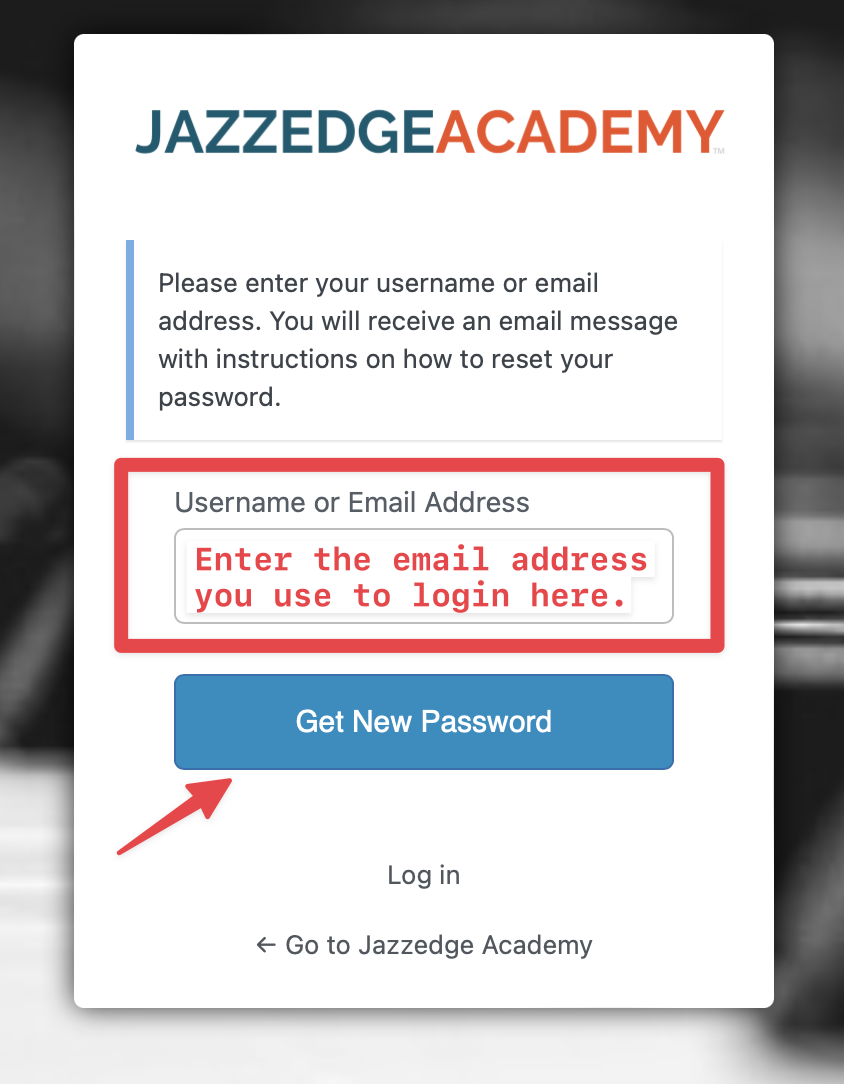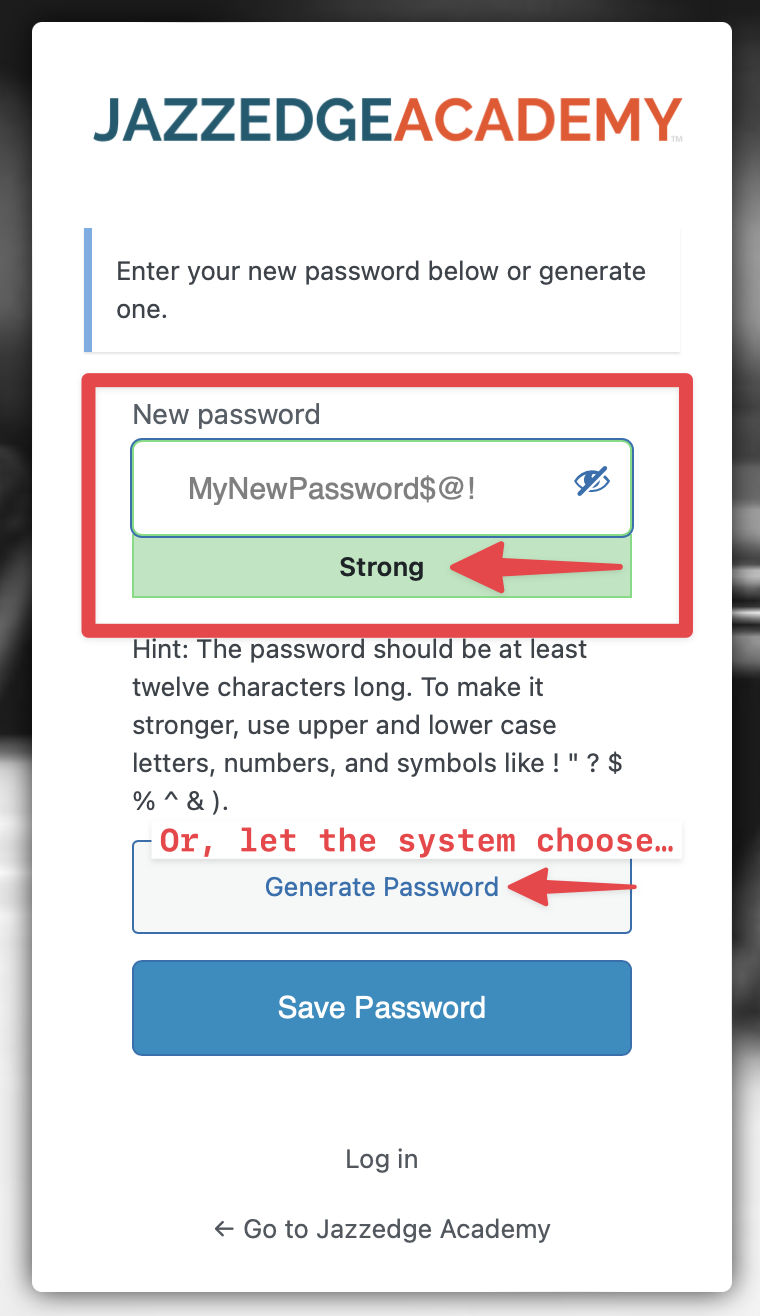Work through the steps of the Jazzedge Practice Curriculum™ on the dashboard.
Use the cards to say the names of the notes of the major scale.
For example, if the card was "G" you'd say "Key of G, the major scale is G, A, B, C, D, E, F sharp, G."
You can also spell other scales if you want a challenge!
Say the roots of the 2-5-1 progression for a key.
For example in the key of C you'd say "Key of C, 2-5-1 is D minor 7 to G7 to C Major 7th."
Say the names of the Major, Minor and Dominant 7th chords.
If the key is C, you would say "Key of C, major 7th is C, E, G, B, minor 7th is C, E flat, G, B flat, dominant 7th is C, E, G, and B flat."
Using one card per day, say out loud the notes of the Major and Minor triads. For example, if the card has the key F on it you might say "Key of F, major triad is F, A, C, minor triad is F, A flat and C."
Next, move on to the next key till you finish all four keys on the card. Even though you might be tempted to move to a new card, I'd suggest instead that you work on the same card SEVERAL times throughout the day to really get the information and theory down for just four keys.
This will prevent you from getting overwhelmed and it will help you to keep the information in your brain longer by drilling it over and over.
Using one card per day, say out loud the R7 and R3 chord tones for the chord. For example, if the card has the key F on it you might say "Key of F, F and E flat for dominant 7th or minor 7th. F and E for major 7th, F and A flat for R3 minor, or F and A for R3 major."
Next, move on to the next key till you finish all four keys on the card. Even though you might be tempted to move to a new card, I'd suggest instead that you work on the same card SEVERAL times throughout the day to really get the information and theory down for just four keys.
This will prevent you from getting overwhelmed and it will help you to keep the information in your brain longer by drilling it over and over.
Using one card per day, say out loud the notes of the 5-finger major and minor scales. For example, if the card has the key F on it you might say "Key of F, F, G, A, B flat, C for major, F, G, A flat, B flat C for minor."
Next, move on to the next key till you finish all four keys on the card. Even though you might be tempted to move to a new card, I'd suggest instead that you work on the same card SEVERAL times throughout the day to really get the information and theory down for just four keys.
This will prevent you from getting overwhelmed and it will help you to keep the information in your brain longer by drilling it over and over.
Using one card per day, say out loud how many sharps or flats are in each key and what they are. For example, if the card has the key F on it you might say "Key of F, on flat, B flat."
Next, move on to the next key till you finish all four keys on the card. Even though you might be tempted to move to a new card, I'd suggest instead that you work on the same card SEVERAL times throughout the day to really get the information and theory down for just four keys.
This will prevent you from getting overwhelmed and it will help you to keep the information in your brain longer by drilling it over and over.
Download the Circle of Fifths chart by clicking the 'Resources' button. Try to memorize the pattern and quiz yourself to see if you know which key comes before and after.
For example, if the key on your flashcard says "C" the key after is G and the key before is F on the Circle of Fifths.
Listen ACTIVELY to any recording of your choice and try to pick out what each individual instrument is doing. This is great practice in the car or away from the piano and improves your listening skills!
Really focus on the Jazzedge Practice Curriculum to get down all of your technical basics. Also follow the lesson suggestions but if you don't like those lessons, there are plenty more on the site to check out!
Same as the fills, creating your own style takes a long time to do effectively. Start by changing the rhythm of the shells to start or try a "four to the floor" where you play the shells in all quarter-notes.
Don't worry about coming up with fancy fills or riffs at this point. Just try your hand at changing the rhythm of the melody a bit and some notes that are close to the melody. Embellishment and fills take years to get under your belt so don't dig yourself in too deep on this topic right now. You'll get it as you progress naturally.
In addition to practicing the melody with these shells, try moving via the circle of fourths (counter-clockwise in the circle of fifths) and play a R7 then R3. For example, going from C to F, start with a R3 on C then move to a R7 on F, then move to Bb and Eb and so on.
Take this slow. Practice with the irealPro track at a slower tempo if need be or use the wav files. Look in the other steps for other wav files. There is one at 90bpm and another at 110bopm. Download both of them.
Same as the R7 chords. Try forming and playing as many R3 chords as you can. Practicing your major 5-finger scale is also a good technical exercise and a great way to know the Root, 2nd, 3rd, 4th and 5th of the scale.
Work on creating R7 chords for both Major. minor and dominant 7th chords. Use the circle of fifths or just move chromatically or even randomly. Say a root, like "E flat" then say a chord quality like "dominant" then play the R7 chord: E flat and D flat.
These chords take TIME to learn and master so go slow!! Do not rush the process. Rushing the process will definitely lead to burn out and failure.
Pick away at these chords every day and try spelling them AWAY from the piano as well!
You got this!
Focus on playing the melody with proper fingering and time. Play along with the irealPro or backing tracks.
- Practice the A-form in the LH through all 12 keys (2x)
- Practice the B-form in the LH through all 12 keys (2x)
- Try playing the A-form in the RH while playing a R7 in the LH (2x)
- Try playing the B-form in the RH while playing a R3 in the LH (2x)
- Play both forms of the chords along with the iRealPro backing track (4x each form)
- Look for Real Book song opportunities to play these chords in the LH while playing the melody in the RH while also using iRealPro for your backing track
- Practice the A-form in the LH through all 12 keys (2x)
- Practice the B-form in the LH through all 12 keys (2x)
- Try playing the A-form in the RH while playing a R7 in the LH (2x)
- Try playing the B-form in the RH while playing a R3 in the LH (2x)
- Play both forms of the chords along with the iRealPro backing track (4x each form)
- Look for Real Book song opportunities to play these chords in the LH while playing the melody in the RH while also using iRealPro for your backing track
- Practice the A-form in the LH through all 12 keys (2x)
- Practice the B-form in the LH through all 12 keys (2x)
- Try playing the A-form in the RH while playing a R7 in the LH (2x)
- Try playing the B-form in the RH while playing a R3 in the LH (2x)
- Play both forms of the chords along with the iRealPro backing track (4x each form)
- Look for Real Book song opportunities to play these chords in the LH while playing the melody in the RH while also using iRealPro for your backing track
- Review the 3 steps to form rootless major 7th, minor 7th and dominant 7th chords
- Try forming both 3-note and 4-note rootless chords for maximum style usage
- Practice saying the notes of different voicing away from the piano to lock in your learning
- Review your three basic types of seventh chords: major 7th, minor 7th and dominant 7th.
- Say out loud the guidetones of each type of chord. Say a root, then a quality of chord then say the guidetone notes
- Practice away from the piano for full mastery
Goal: Practice and master major and minor triads using visual aids and recommended lessons.
- Download the chord charts provided in the lesson and save them on your phone or tablet for easy access during practice.
- Spend 10-15 minutes each day practicing major and minor triads using the chord charts.
- Use the recommended lessons provided in the blueprint to further enhance your understanding of chords and their inversions.
- Take the quiz to evaluate your progress and identify areas for improvement.
- Once you have mastered the triads, move on to the more advanced chord blueprints.
- Keep practicing regularly to maintain your proficiency in playing chords.
- Set aside 30-45 minutes for daily practice sessions.
- Warm up with some finger exercises to prepare for playing chords.
- Practice arpeggiating chord tones, starting from different notes such as the top or bottom notes, and using different patterns such as outer-inner or alternating.
- Experiment with adding the pedal to create different sounds and styles.
- Refer to the Triad Primer lesson or the Piano Accompaniment Essentials lesson for more ideas and techniques.
- Review the recommended lessons below
- Practice regularly and monitor your progress to see how you are improving in arpeggiating chords and playing with different styles.
- Don't be afraid to experiment and try new things with your playing.
- Remember to take breaks and rest your fingers to avoid straining them.
- Enjoy the process of learning and improving your chord playing skills.
- Set aside 20-30 minutes for daily practice sessions.
- Start by reviewing the importance of not creating tension while playing the piano.
- Practice playing chords and notes with a relaxed grip to avoid hurting yourself and producing poor sound quality.
- Use the grab technique when necessary to make it easier to play chords with different notes.
- Work on playing different inversions of chords, using provided exercises or creating your own.
- Focus on practicing fingerings and finding the most comfortable way to play each chord inversion.
- Review your progress regularly and keep practicing until you can confidently play different inversions of chords in any key and in different progressions.
- Be patient with yourself and take your time to master each inversion before moving on to the next.
- Aim to practice regularly for at least a week to improve your skills and knowledge of chord inversions and fingerings.
- Set aside 20-30 minutes for daily practice sessions.
- Start by reviewing the different ways to progress through Triads and inversions, such as by half steps or thirds.
- Practice playing Triads and their inversions in random order to develop your familiarity with them.
- Experiment with different keys and chord progressions to challenge yourself and keep things interesting.
- Use provided exercises or create your own to practice these chords and their inversions.
- Focus on getting these chords in your bones and really knowing them, rather than just memorizing them.
- Be patient with yourself and take your time to master each chord and its inversion.
- Review your progress regularly and keep practicing until you can confidently play different Triads and their inversions in any key and in random order.
- Aim to practice regularly for at least a week to improve your skills and knowledge of Triads and their inversions.
- Set aside 20-30 minutes for daily practice sessions.
- Start by reviewing the importance of playing inversions of your chords to achieve a pianistic sound.
- Practice playing different inversions of major Triads, starting with the root position and moving to first and second inversions.
- Use the provided exercises to practice moving between different Triads as quickly and smoothly as possible.
- Focus on getting the flow and sound of a good piano player while playing these inversions.
- Once you've mastered major Triad inversions, move on to practicing the inversions of minor Triads in the next lesson.
- Review your progress regularly and keep practicing until you can confidently play inversions of major Triads in any key and quickly move between them.
- As you improve, challenge yourself to play these inversions with different rhythms and at different tempos.
- Aim to practice regularly for at least a week to improve your skills and knowledge of chord inversions.
- Play your minor triads in the RH alone in as many keys as you can
- Play your minor triads in the LH alone in as many keys as you can
- Try playing them HT with a metronome on 100bpm. Give each chord 4 beats then reduce that down to one beat per chord.



